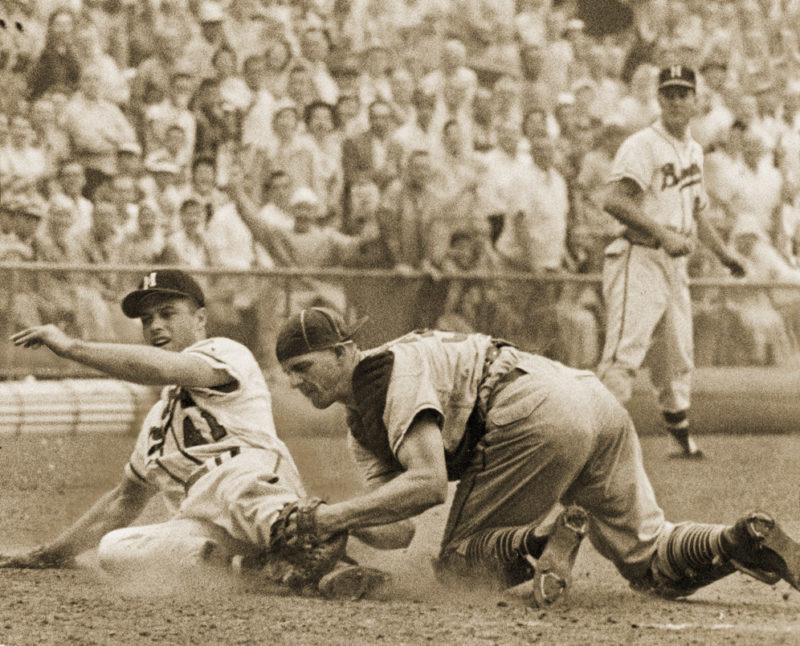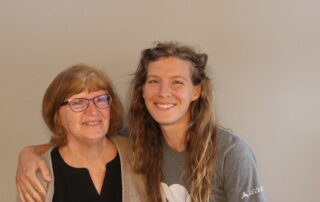The Brewers may have had a losing record this year, but it wasn’t always this way. Historian John Gurda recalls his lifelong love of baseball and the 1957 that defined a baseball loving childhood.
The Milwaukee Brewers weren’t in it this year. When the World Series began, our boys of summer were at home with the rest of us, watching teams with better bats and bigger payrolls compete for the title.
Milwaukee wasn’t always rebuilding. We came close in 1982, the high point of the Yount-Molitor era, and won the whole thing in 1957. Those of us who recall that triumph have gray hair, if we have hair at all, but the ‘57 Series remains a defining memory of our childhoods.
Milwaukee’s team then was not the Brewers but the Braves. They had arrived from Boston in 1953 and promptly won the city’s heart. After decades in the minors, Milwaukee moved up to the big leagues literally overnight, and the players were greeted with an adulation that bordered on adoration. The team set a National League attendance record in its very first season, inspiring such rabid enthusiasm that one sportswriter called County Stadium “an insane asylum with bases.”
I was one of the inmates on occasion. With four small kids and a tight budget, my parents weren’t inclined to spend money on baseball, but our Aunt Johnnie was. At least once each summer, my mother’s older sister would take the train down from La Crosse during a Braves home stand.
While my parents relaxed on S. 34th St., this intrepid former nurse would take all four of us out to the ballgame. Peanuts and Cracker Jack, soda and pretzels—everything was possible with Aunt Johnnie. Snacks were so rare in our house that my brother Mike once took home an empty peanut bag as a souvenir.
Night games were especially memorable. We’d parade through the dimly lit recesses of County Stadium and emerge to a view of the field so bright it was practically psychedelic; the grass was impossibly green, the white foul lines so vivid that they almost vibrated. This, I thought, is what heaven must look like.
For the rest of the season, a little gold-and-white transistor radio was my primary link with the Braves. Night after night, in the room I shared with my two brothers, I’d fall asleep to the sound of Earl Gillespie and Blaine Walsh broadcasting the play-by-play.
During the 1957 World Series, everyone listened. As our team prepared to face the New York Yankees, the stage was set for a showdown between big-city might and small-city right. Milwaukee had always followed the Braves with consuming interest, but the community was absolutely mesmerized in October of 1957. At my grade school—St. Mary’s in Hales Corners—classes were actually canceled during day games, when we all trooped down to the lunch room to watch our team on the biggest black-and-white TV the nuns could find.
It took seven games, but the Braves prevailed. Lew Burdette—whose number I wore on my Little League uniform—was the MVP, pitching three complete games against the Yankees, including two shutouts, and posting an impossible 0.67 earned run average. Pandemonium reigned on the streets of downtown Milwaukee, and even in the cul-de-sacs of Hales Corners.
The memories are indelible, but they seem impossibly distant to us aging baby-boomers. When will glory descend again? Rebuild if you must, Milwaukee Brewers, but, please, don’t wait too long.











